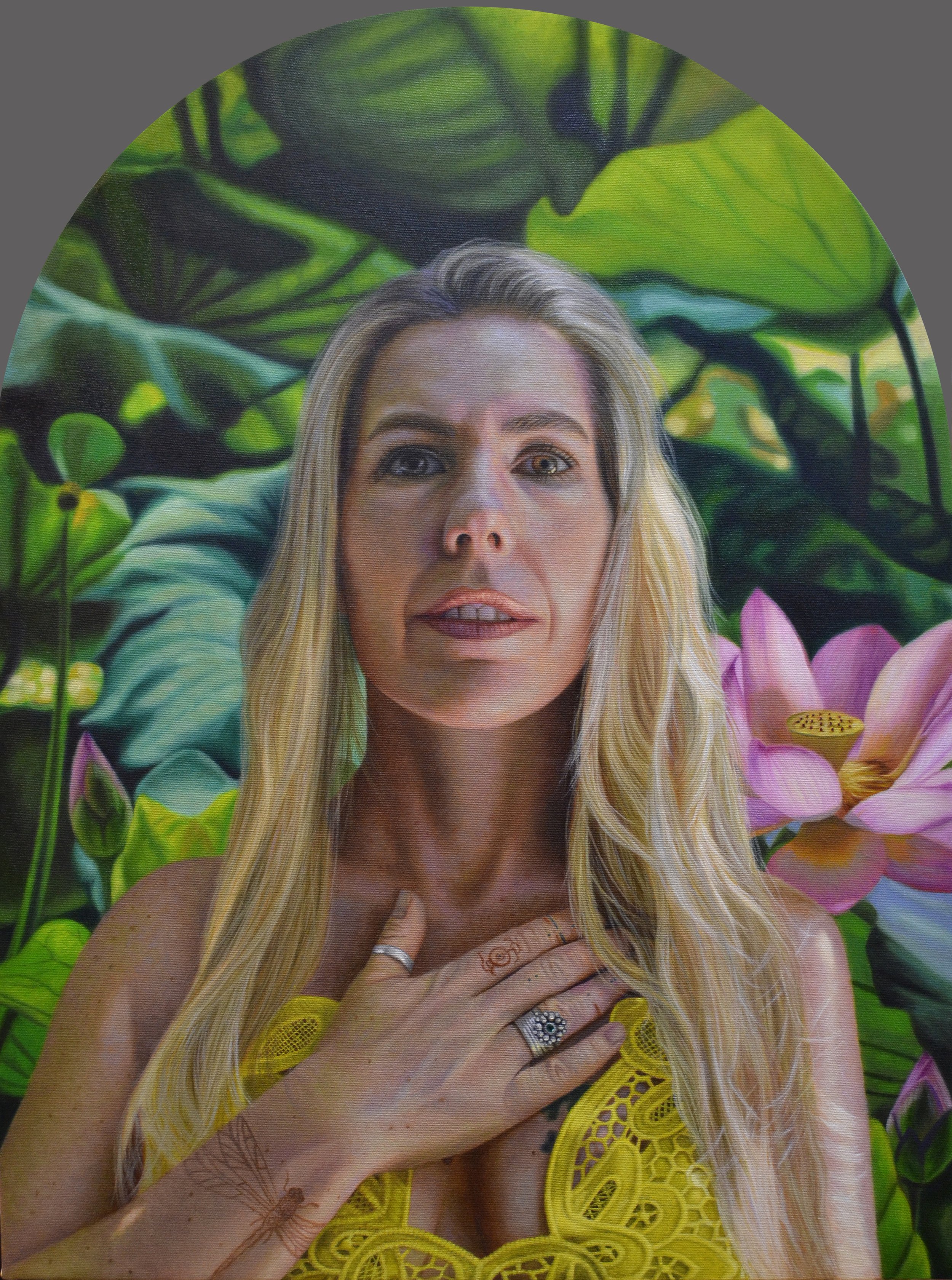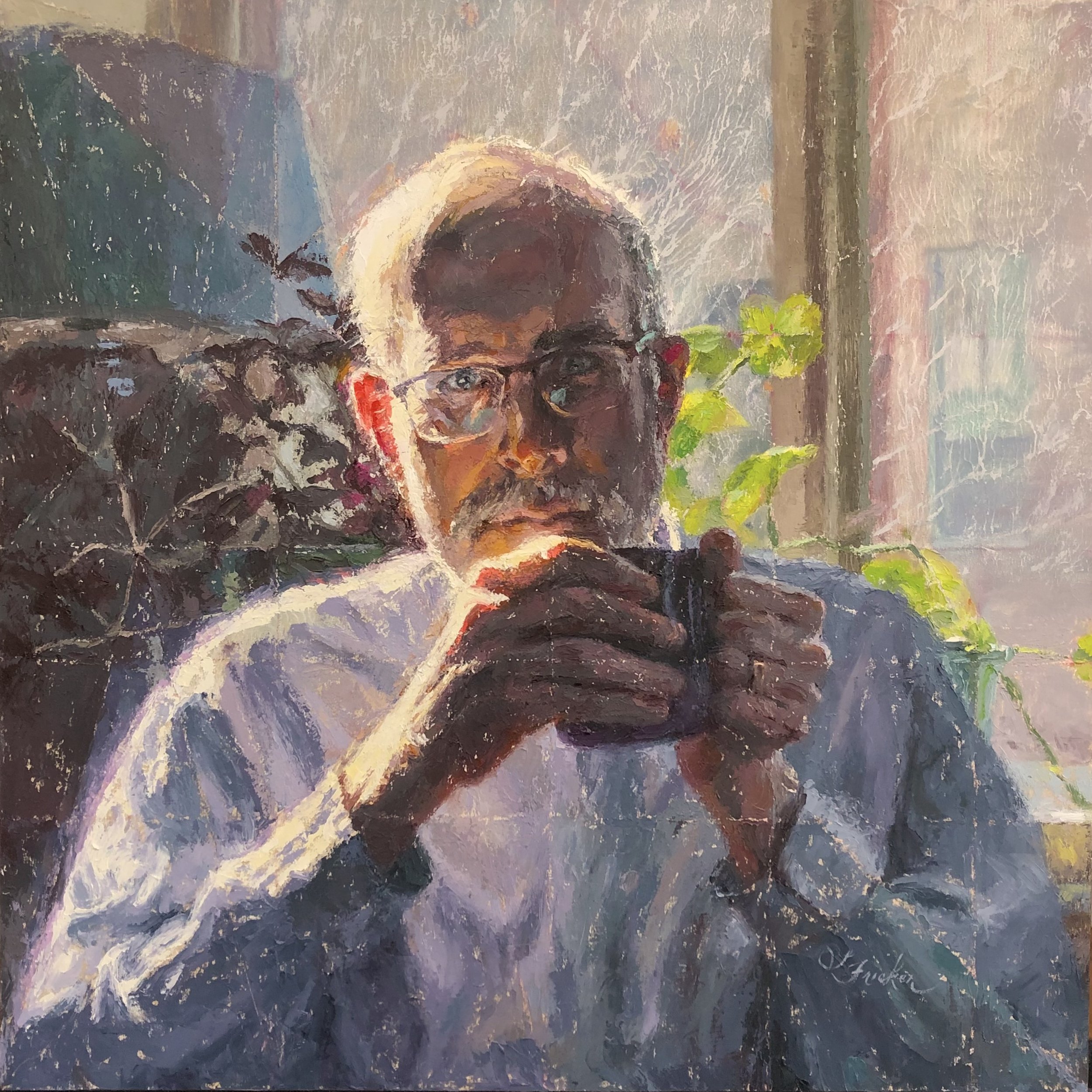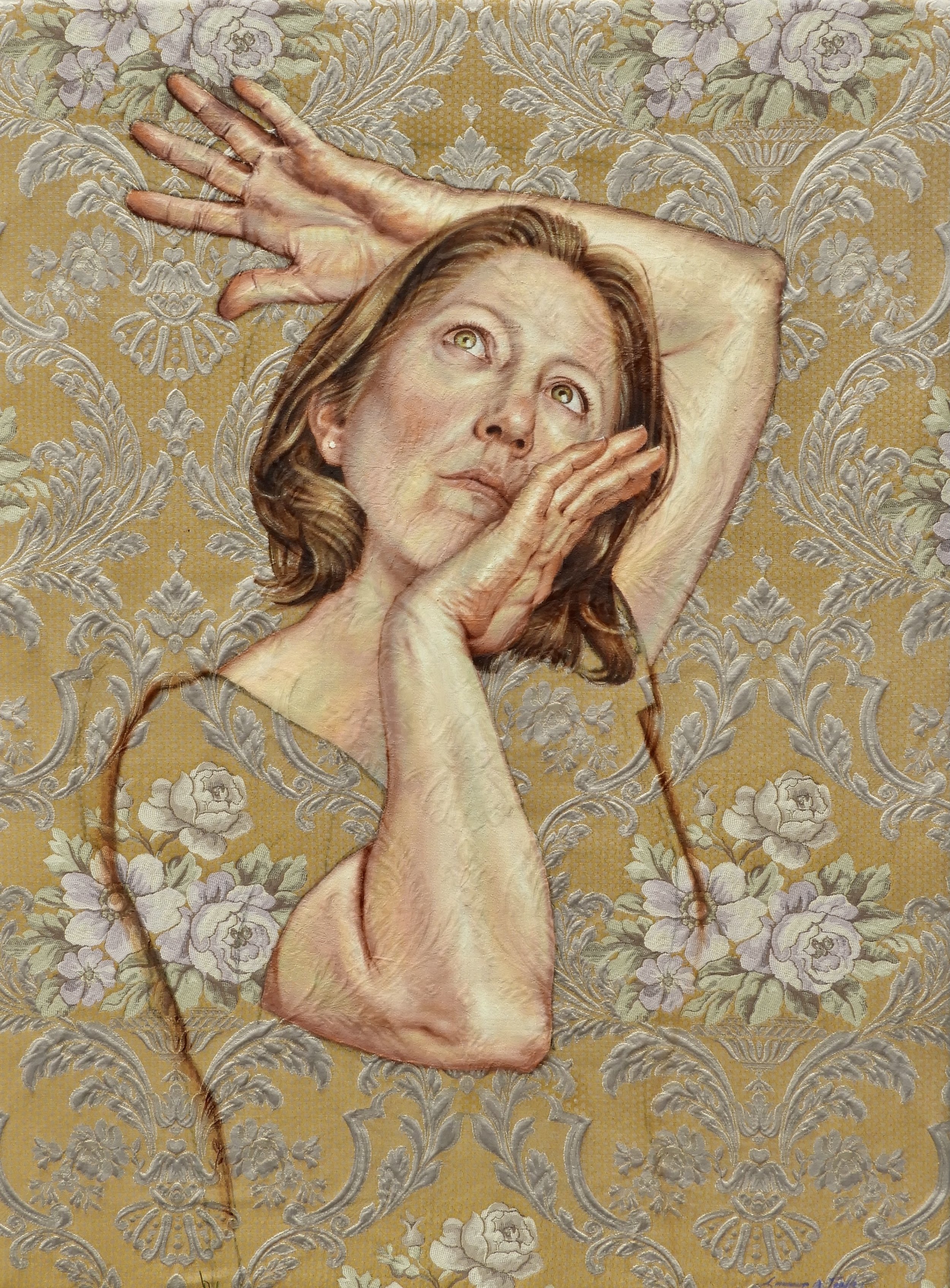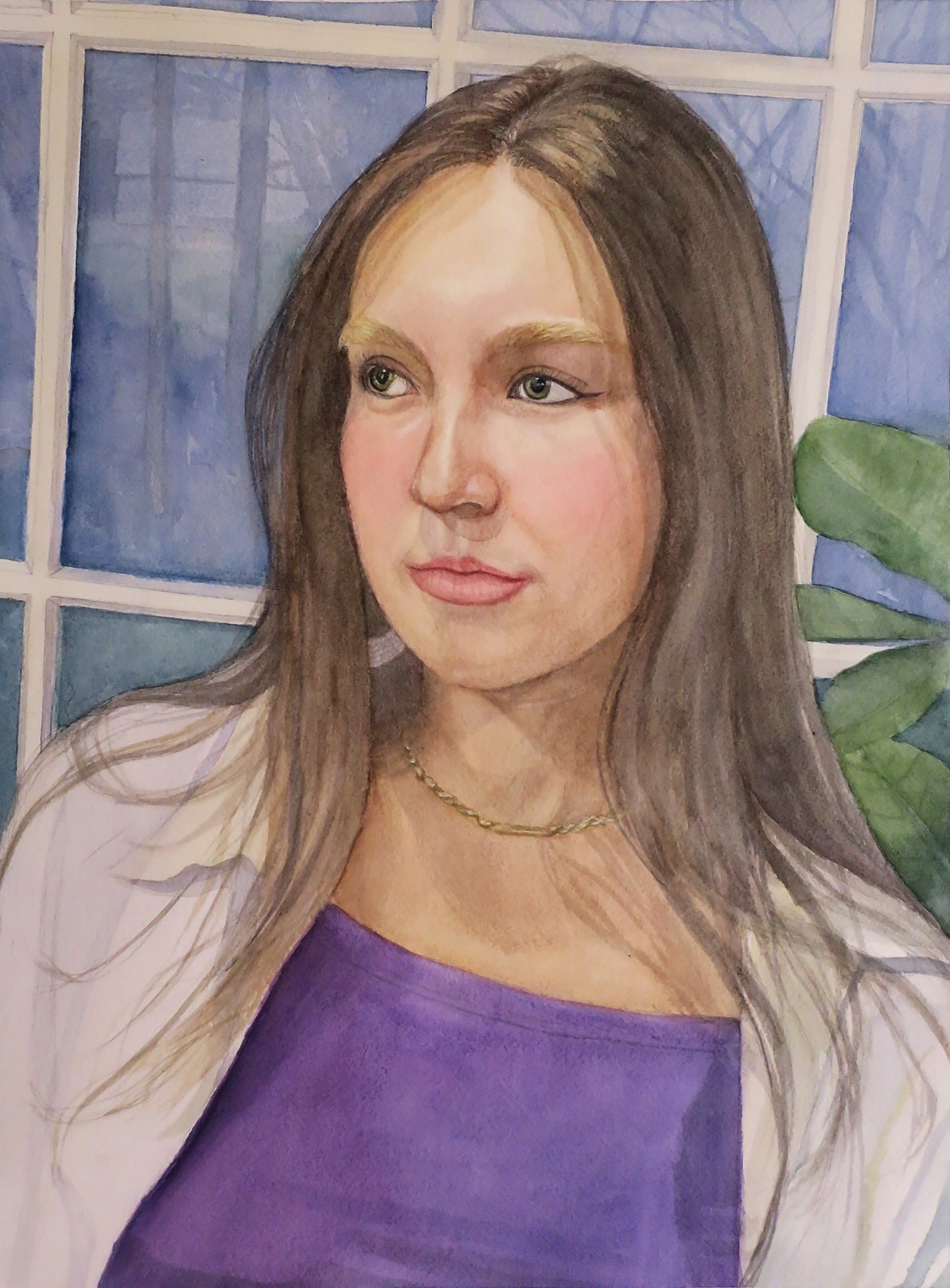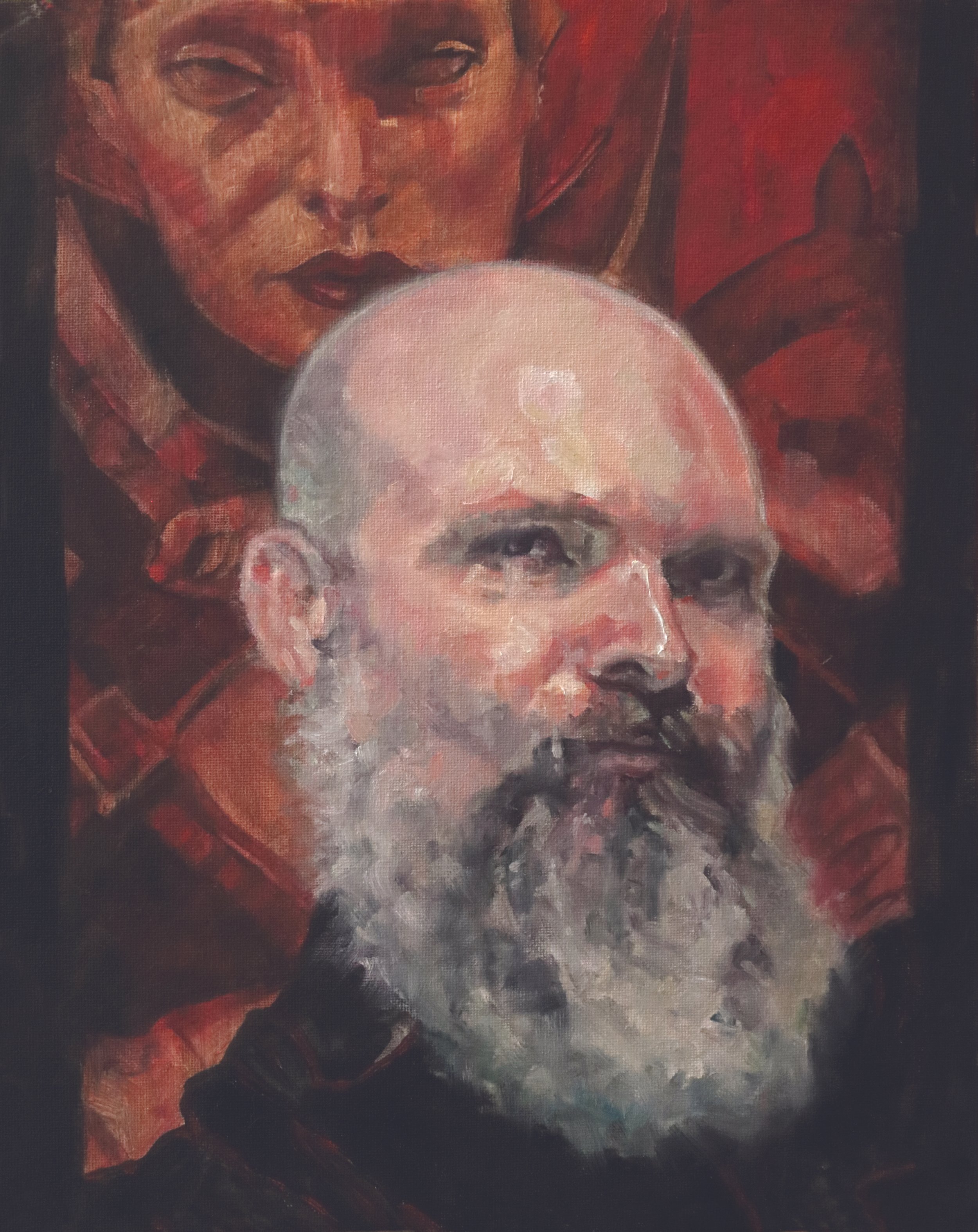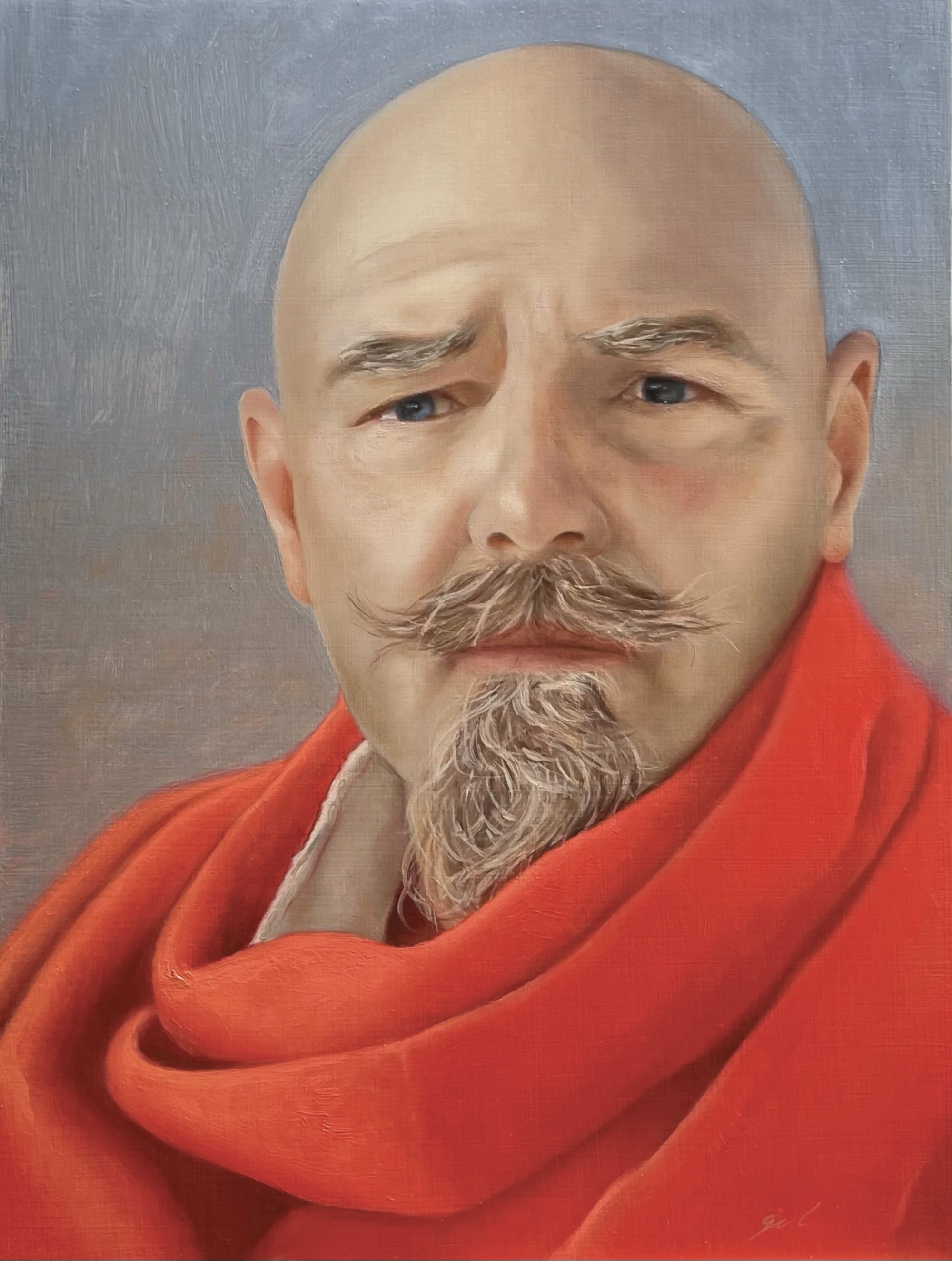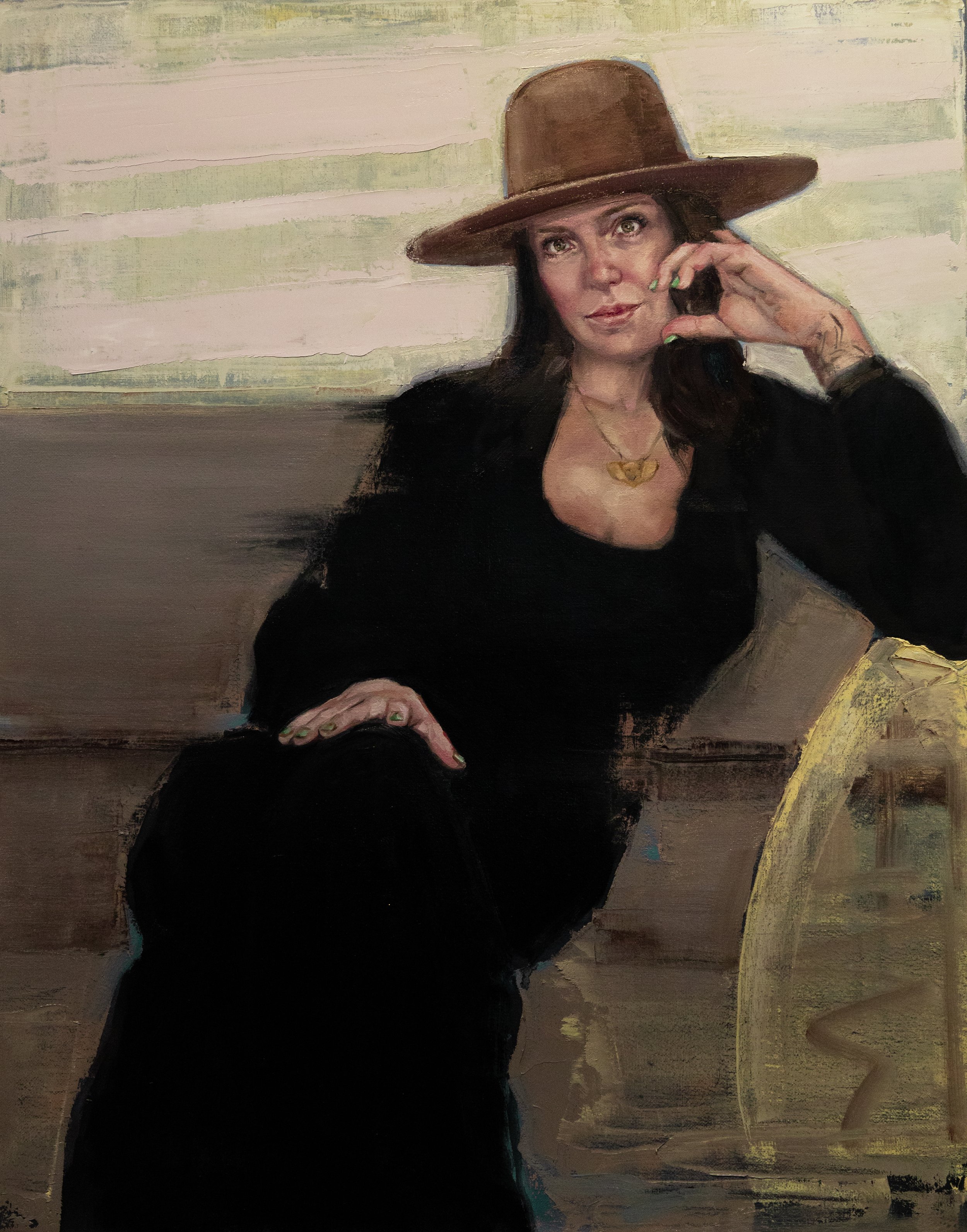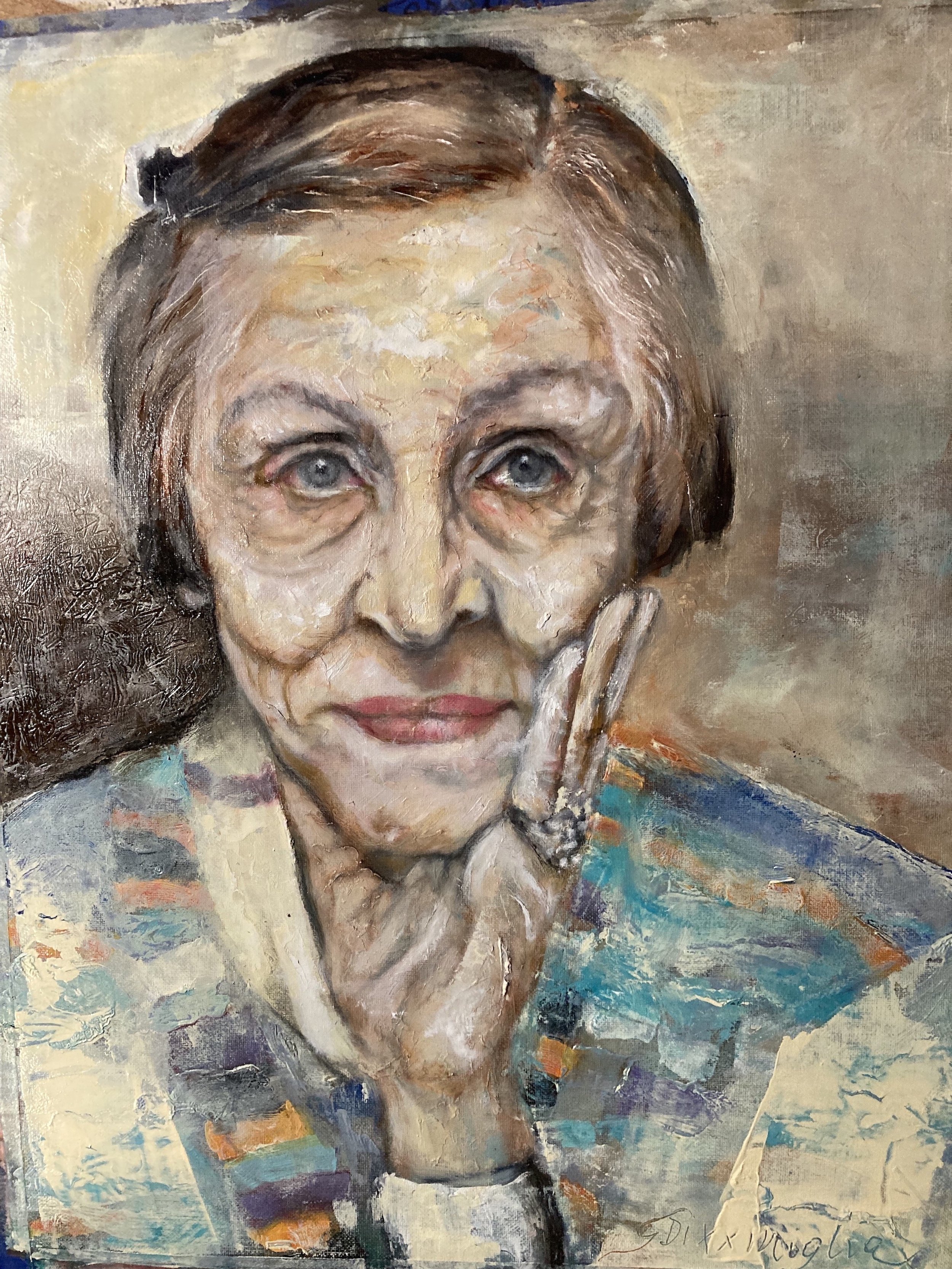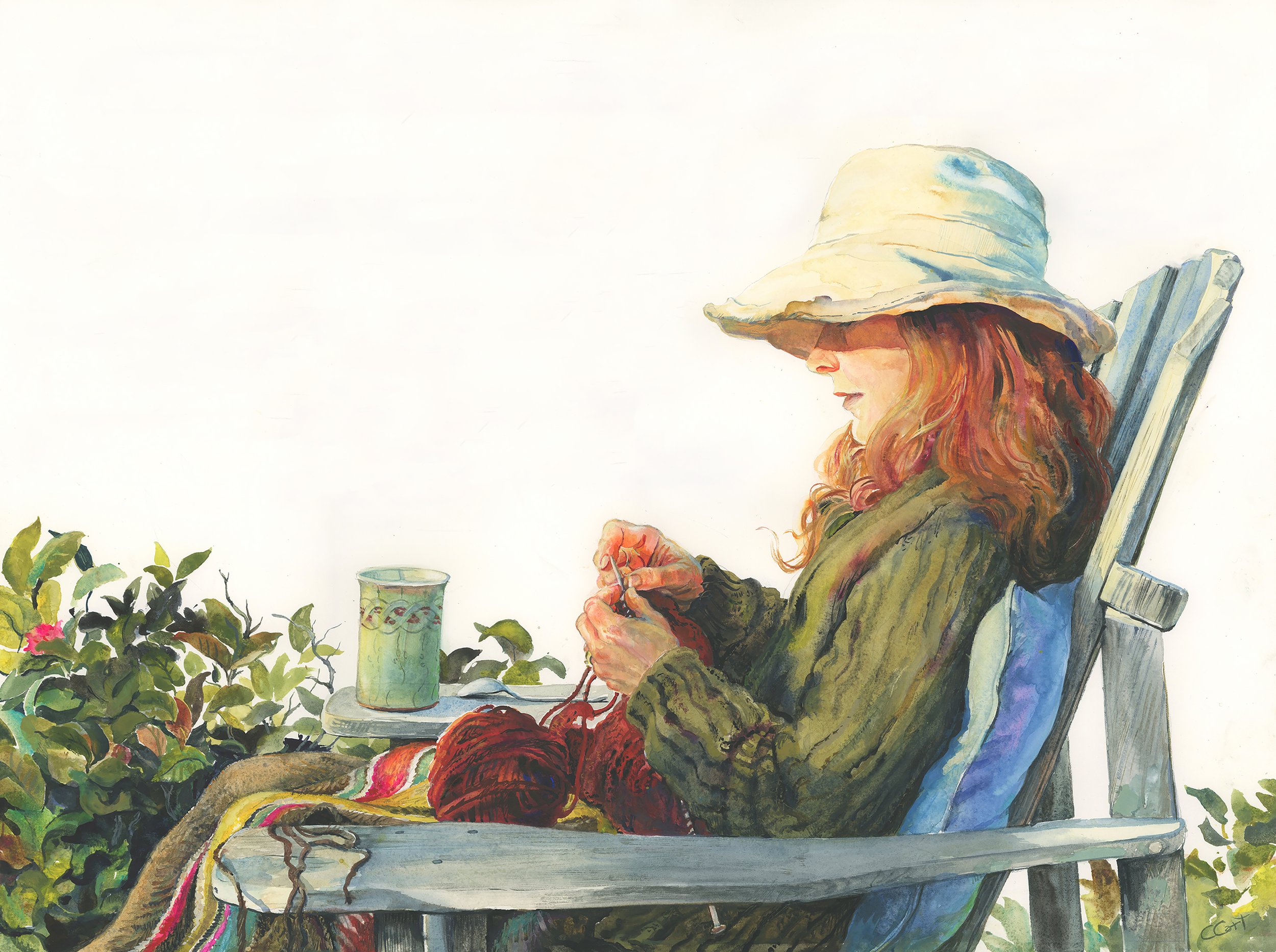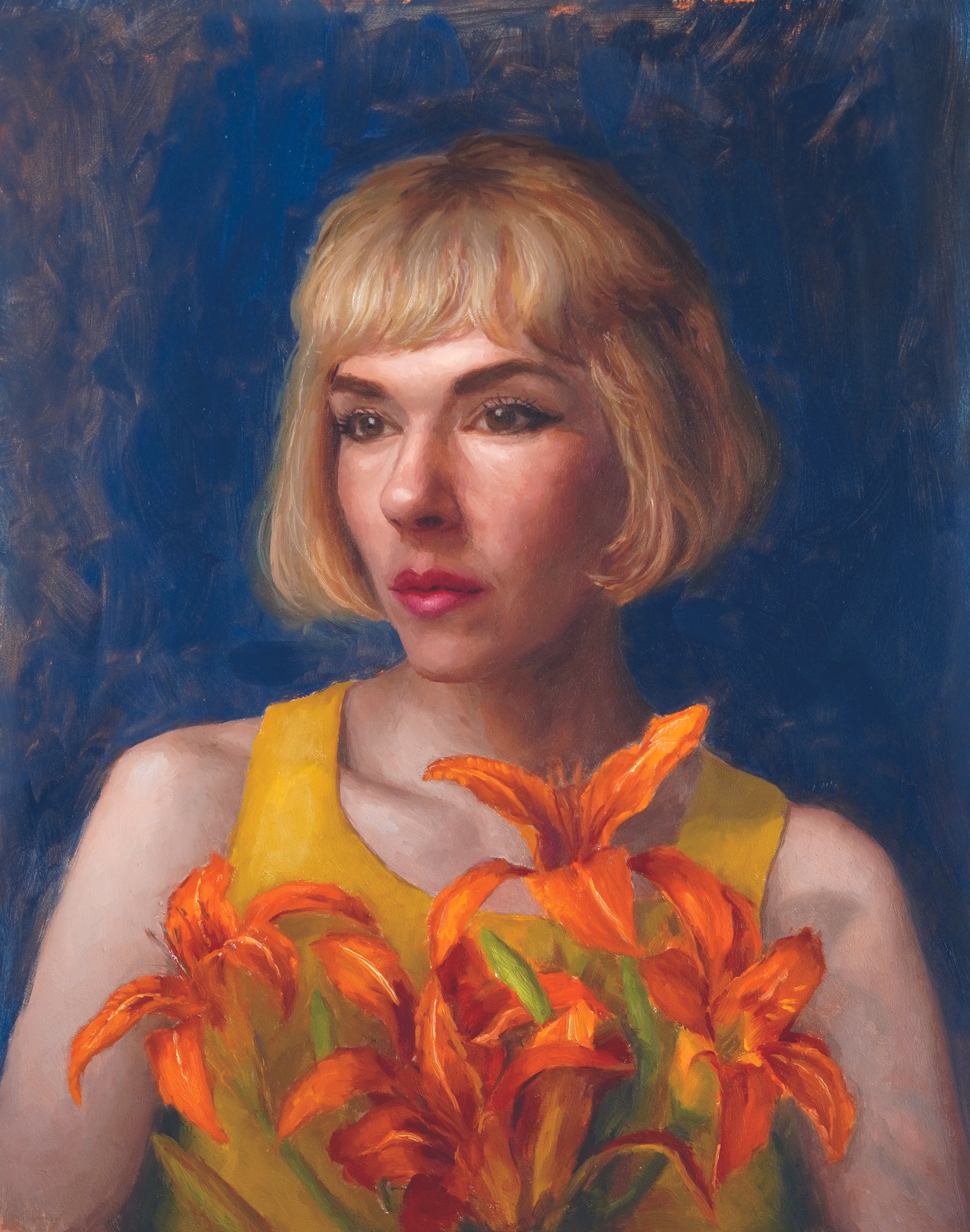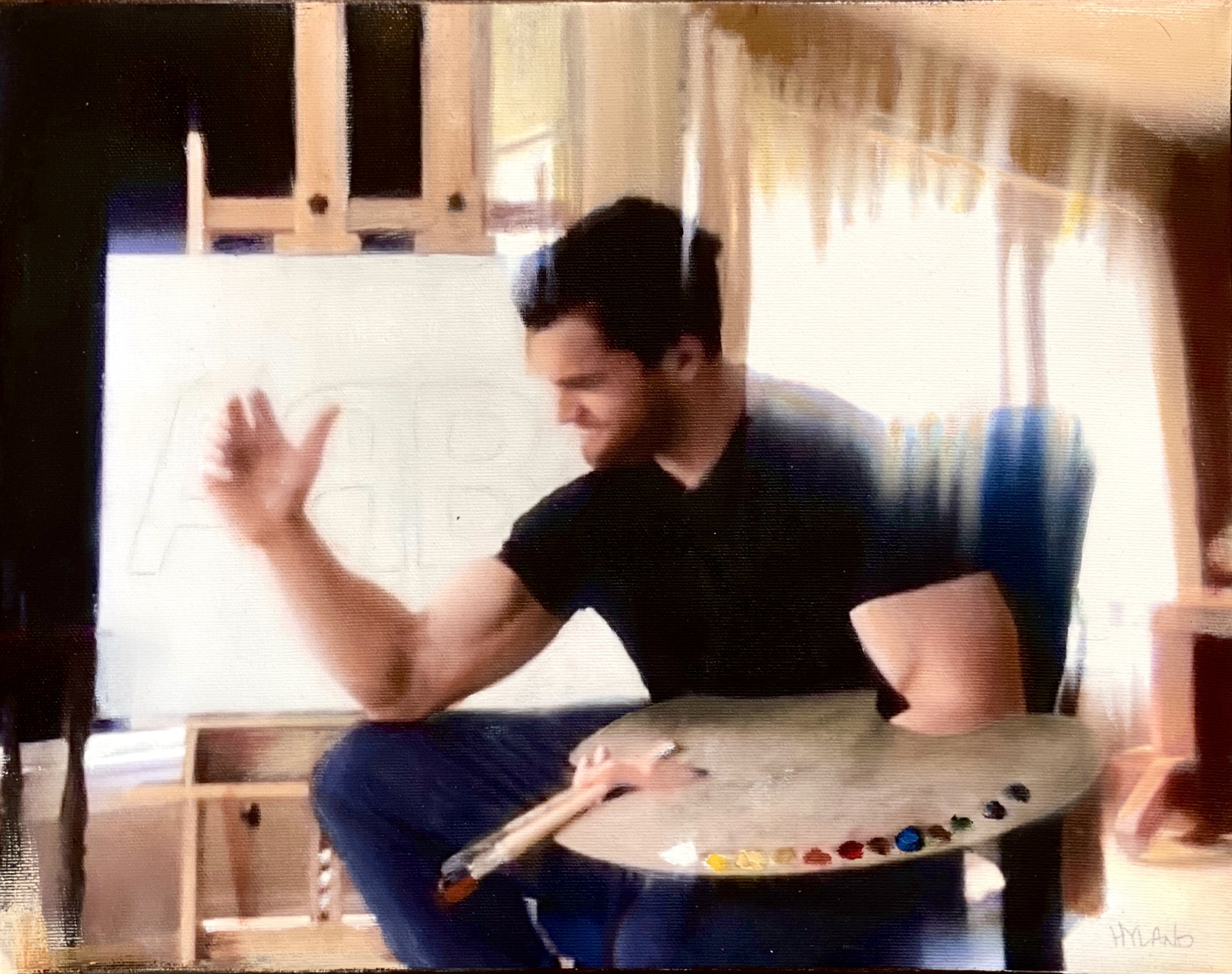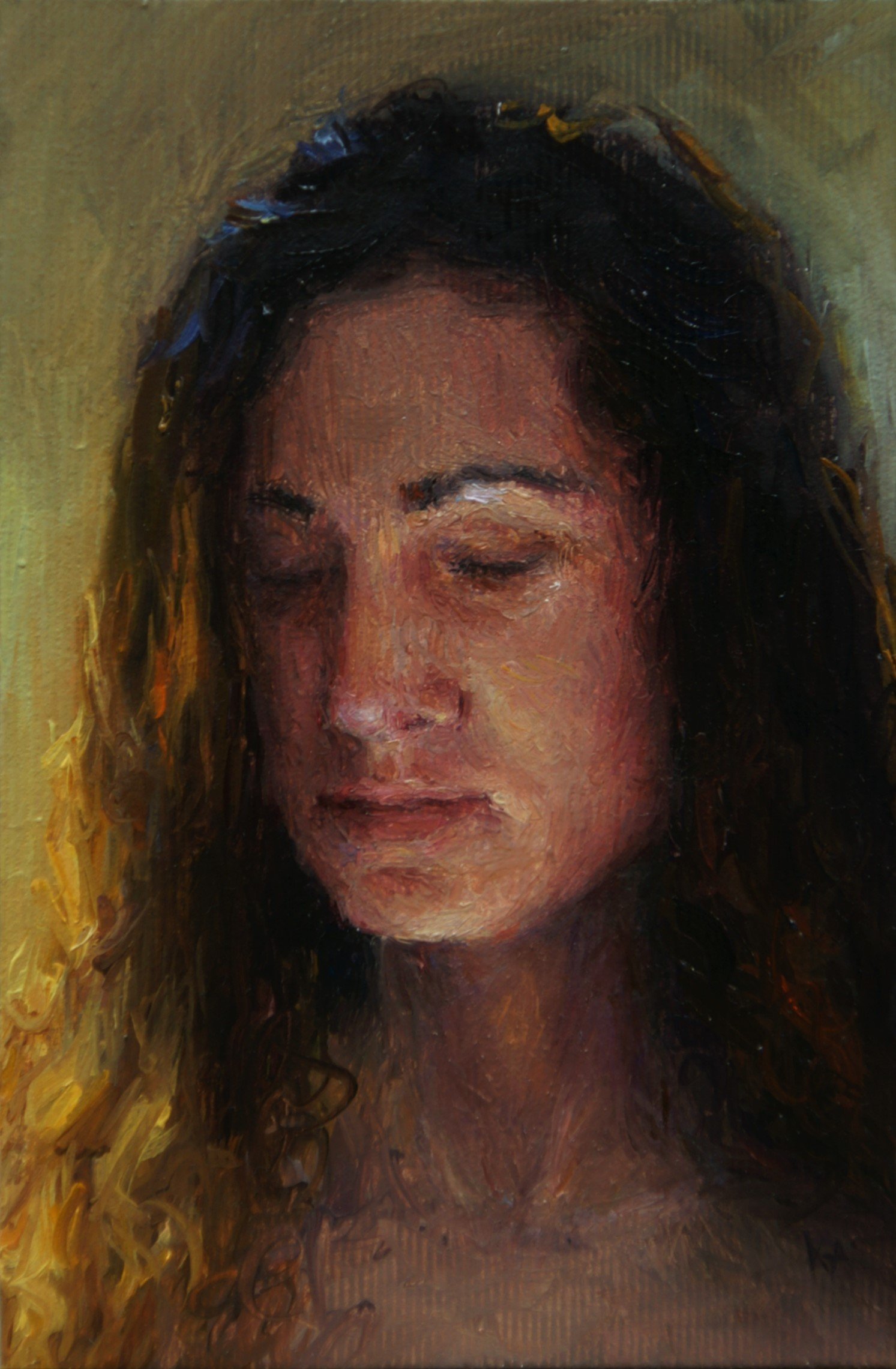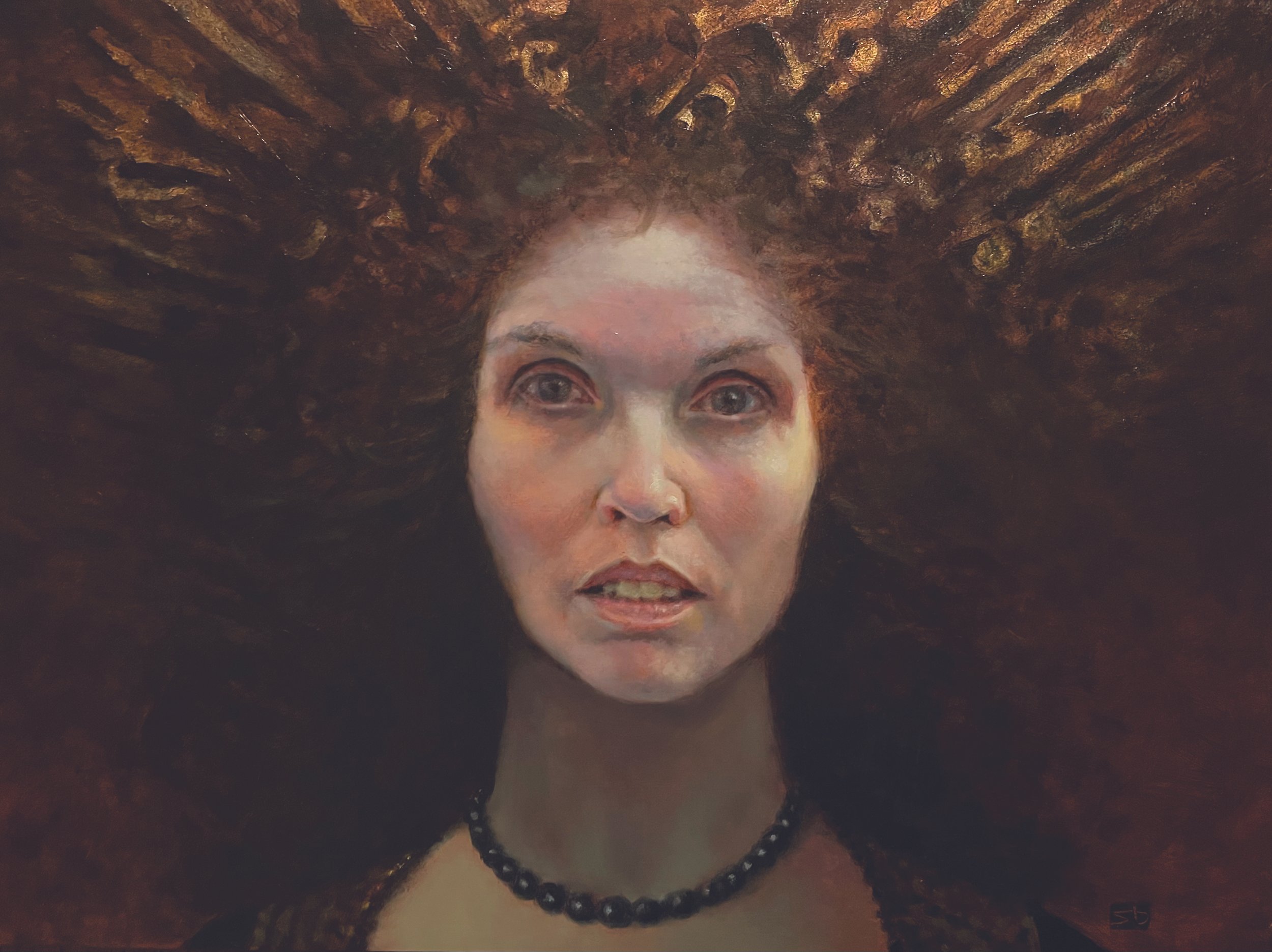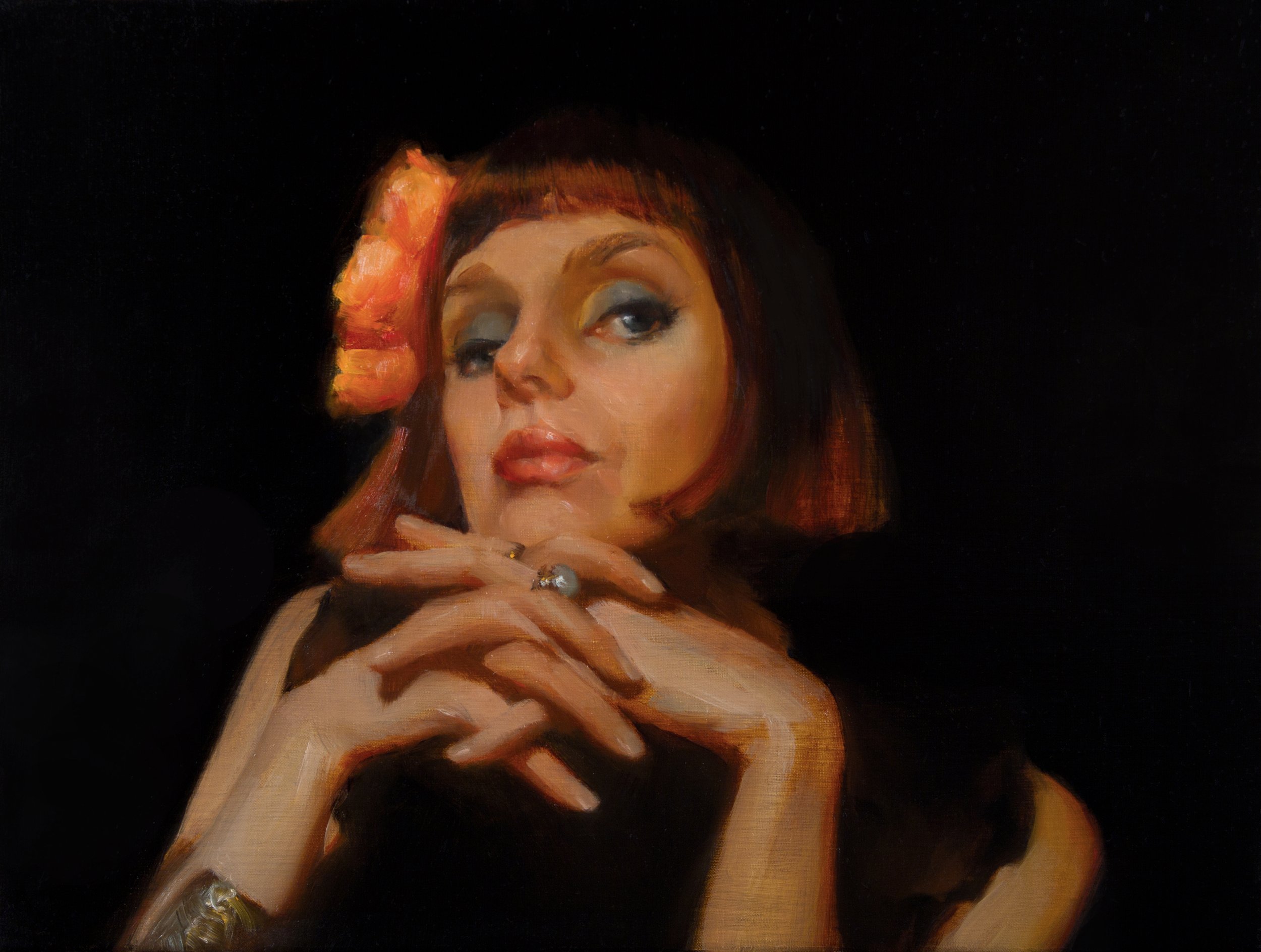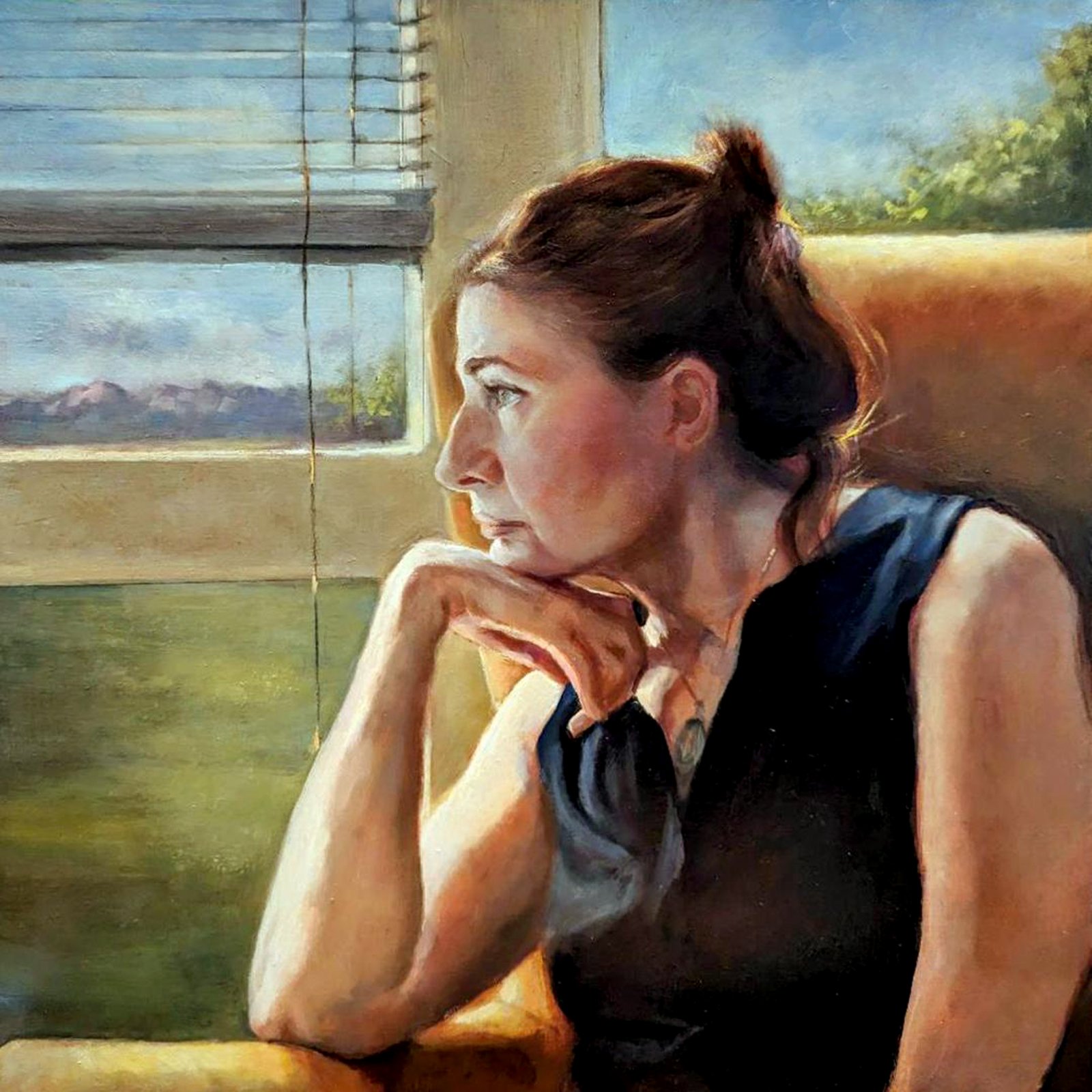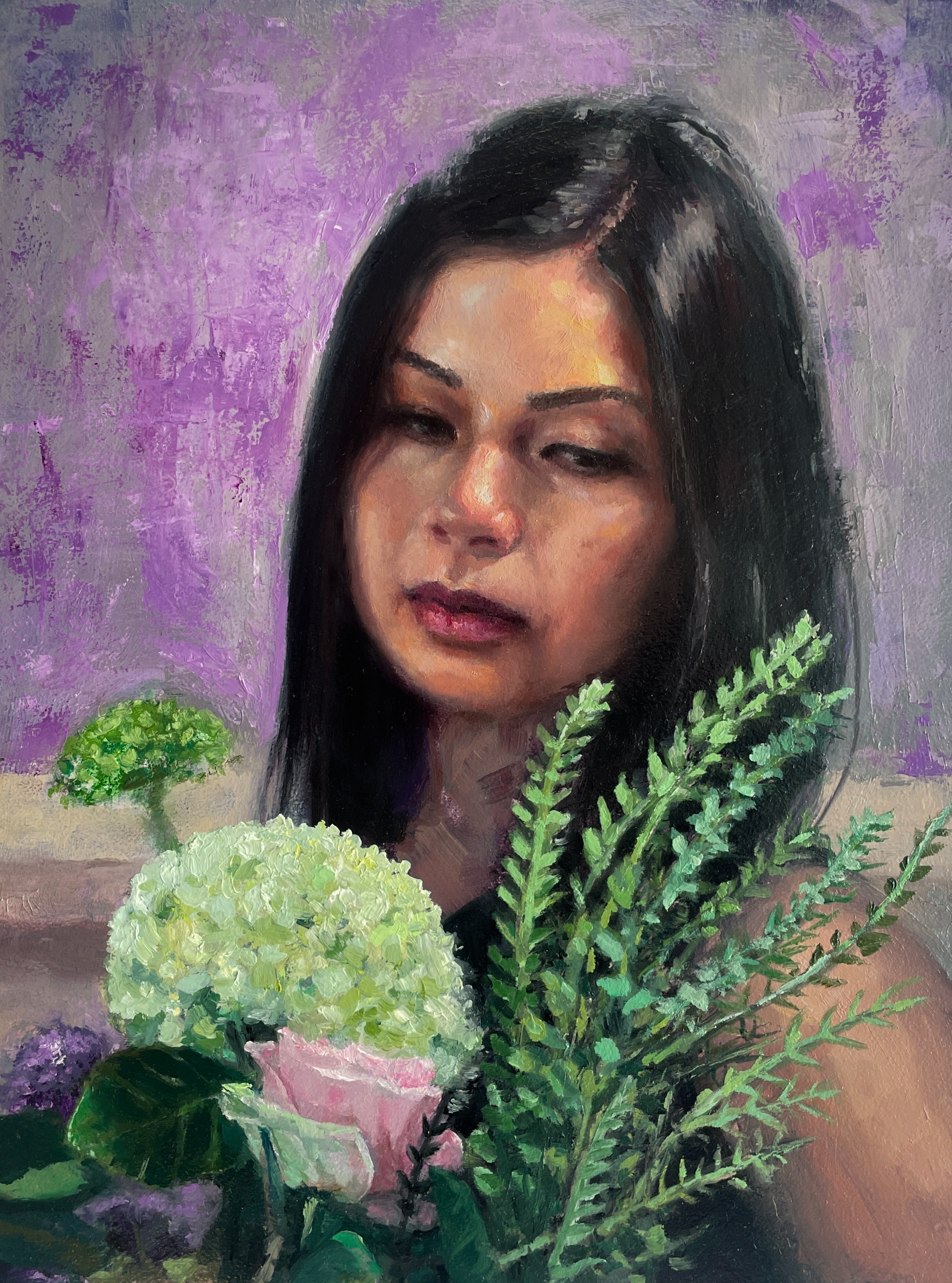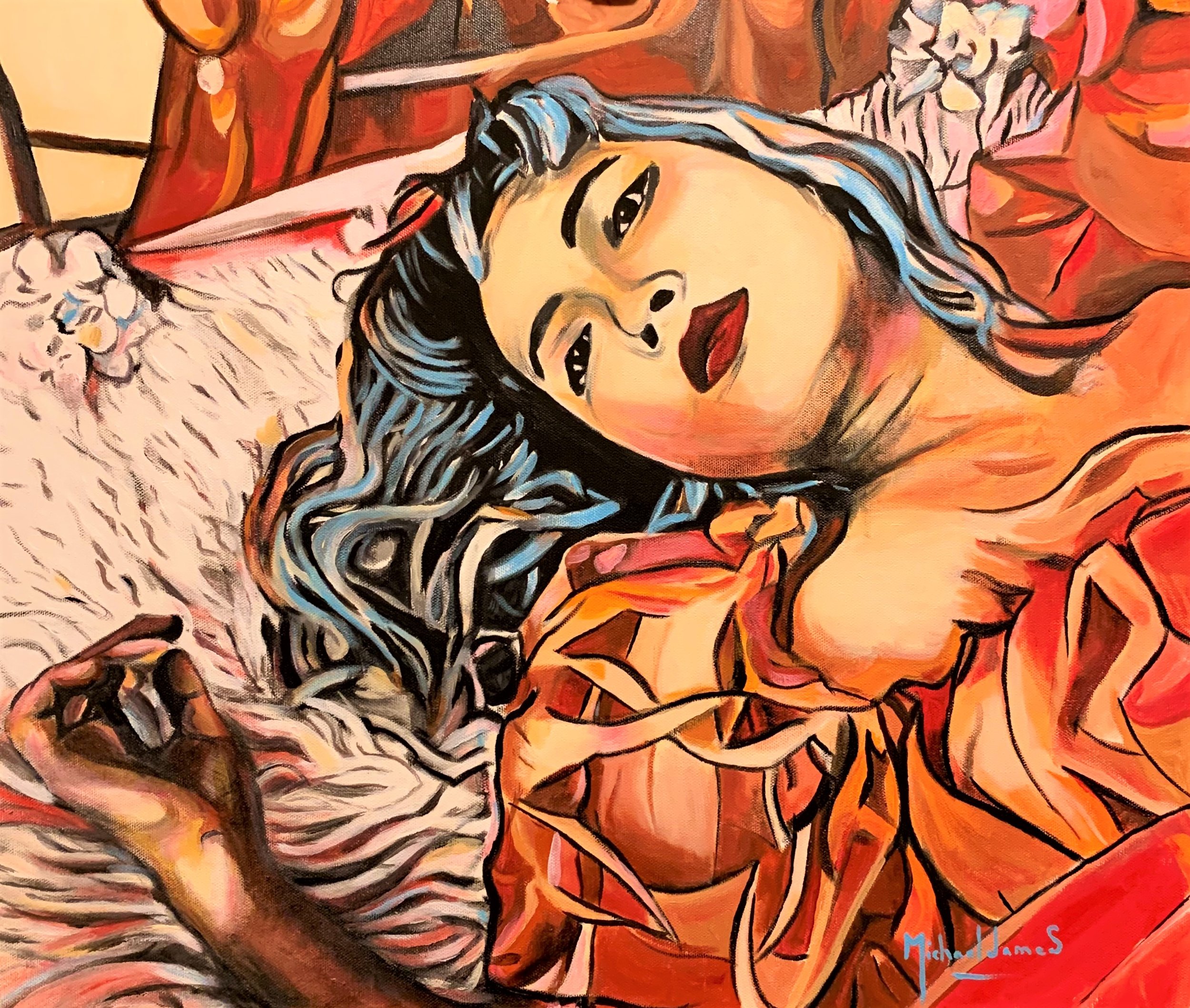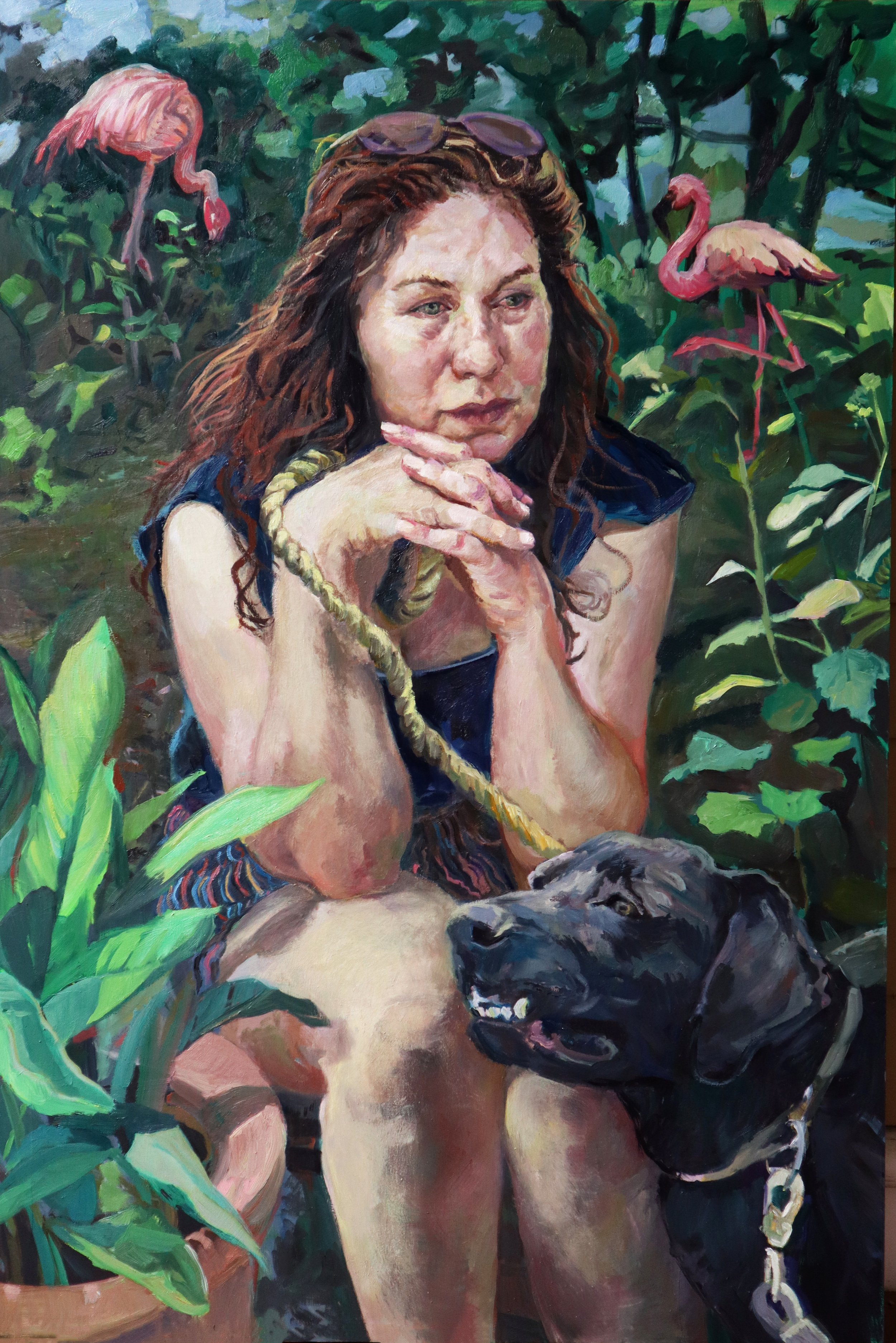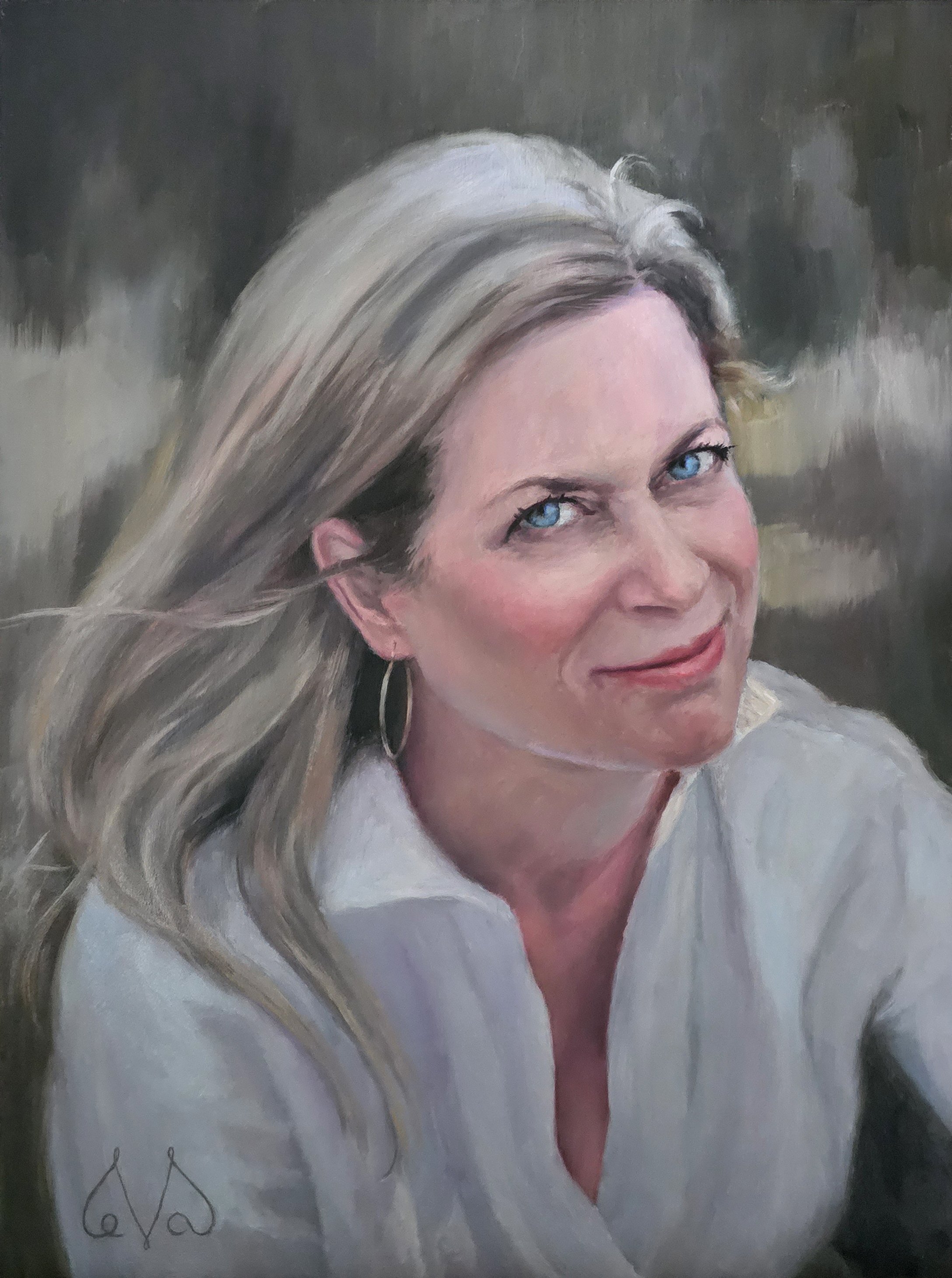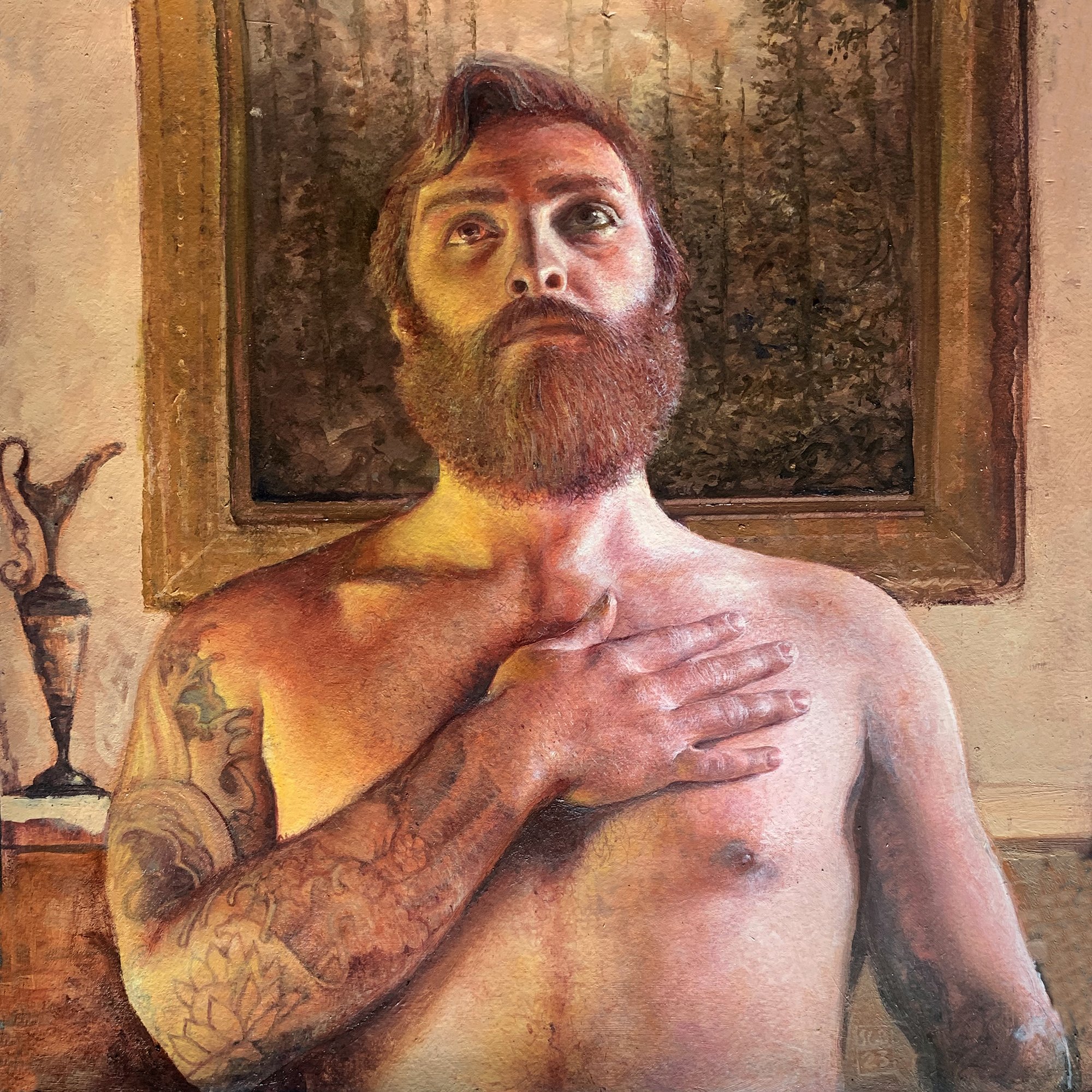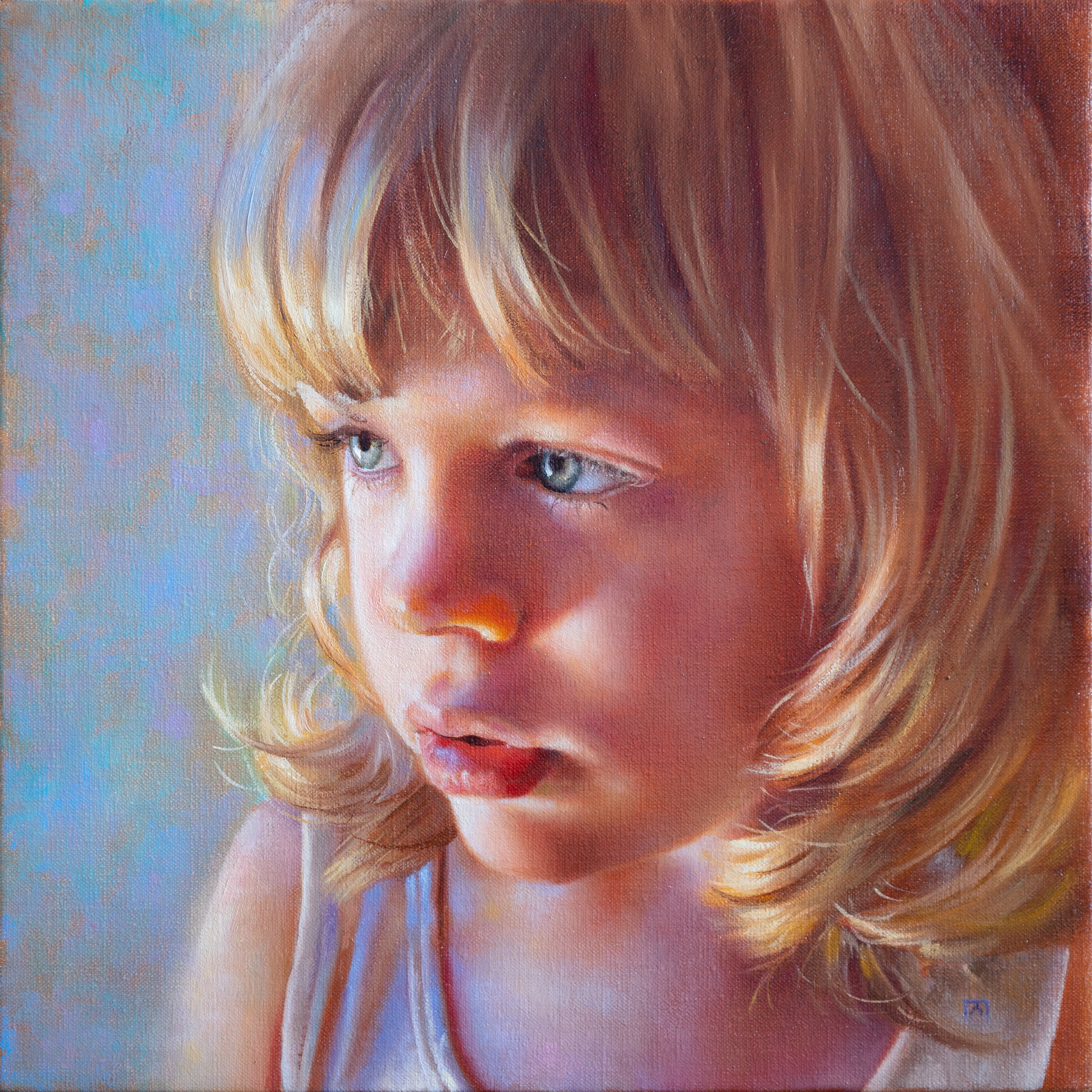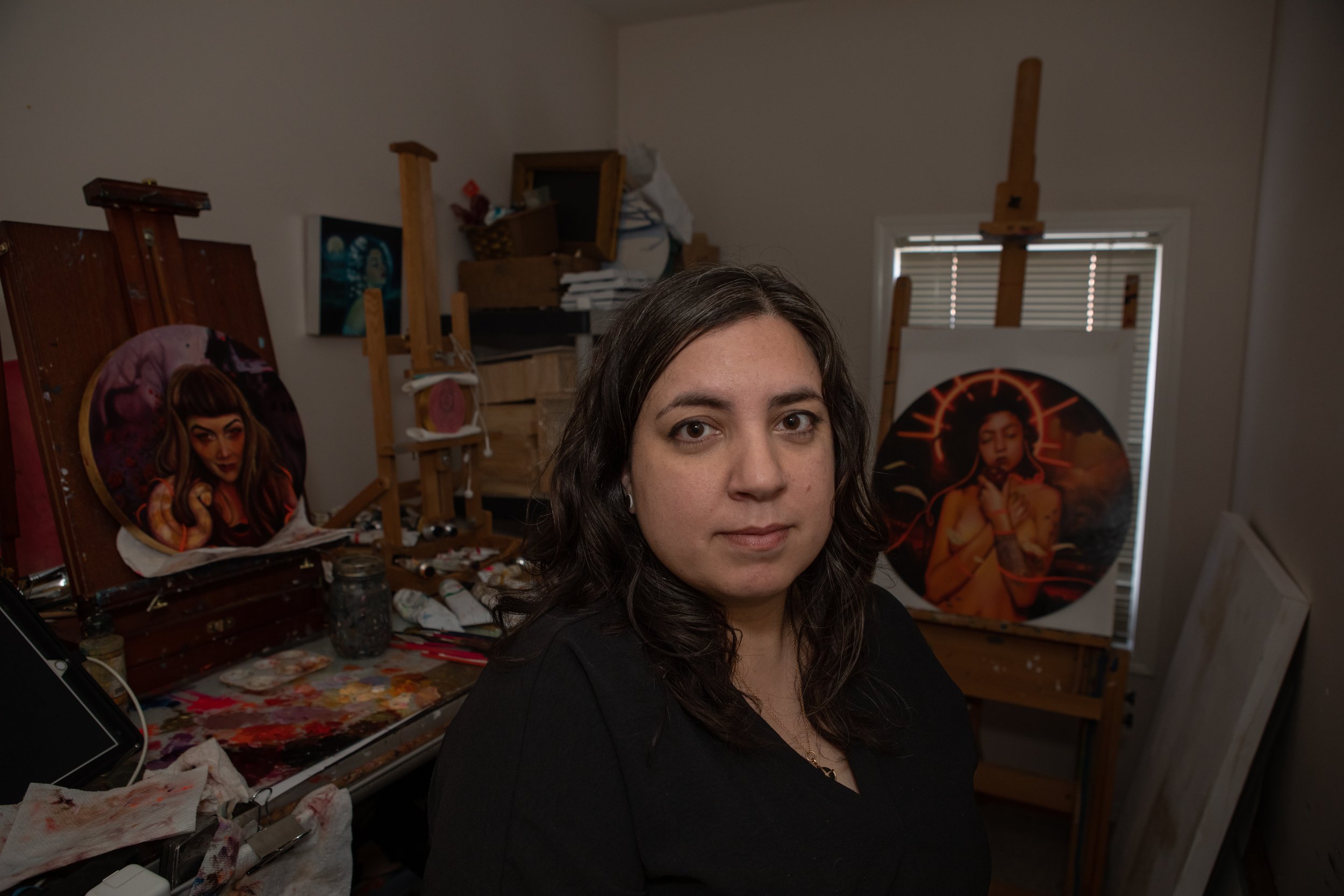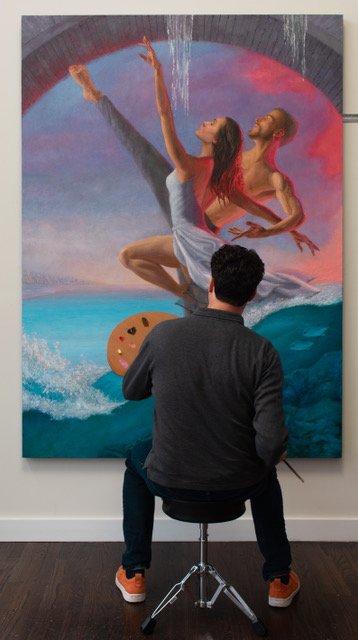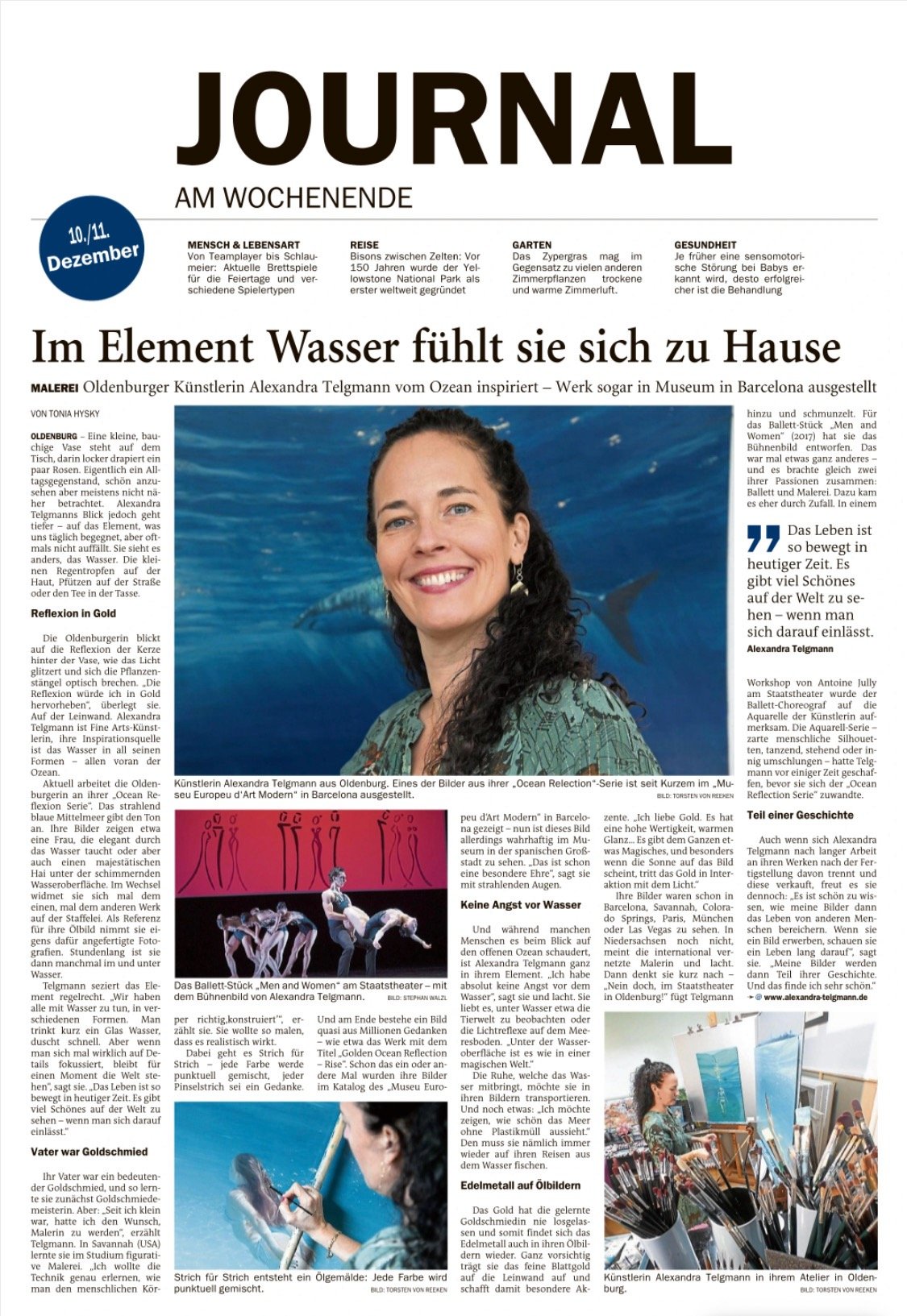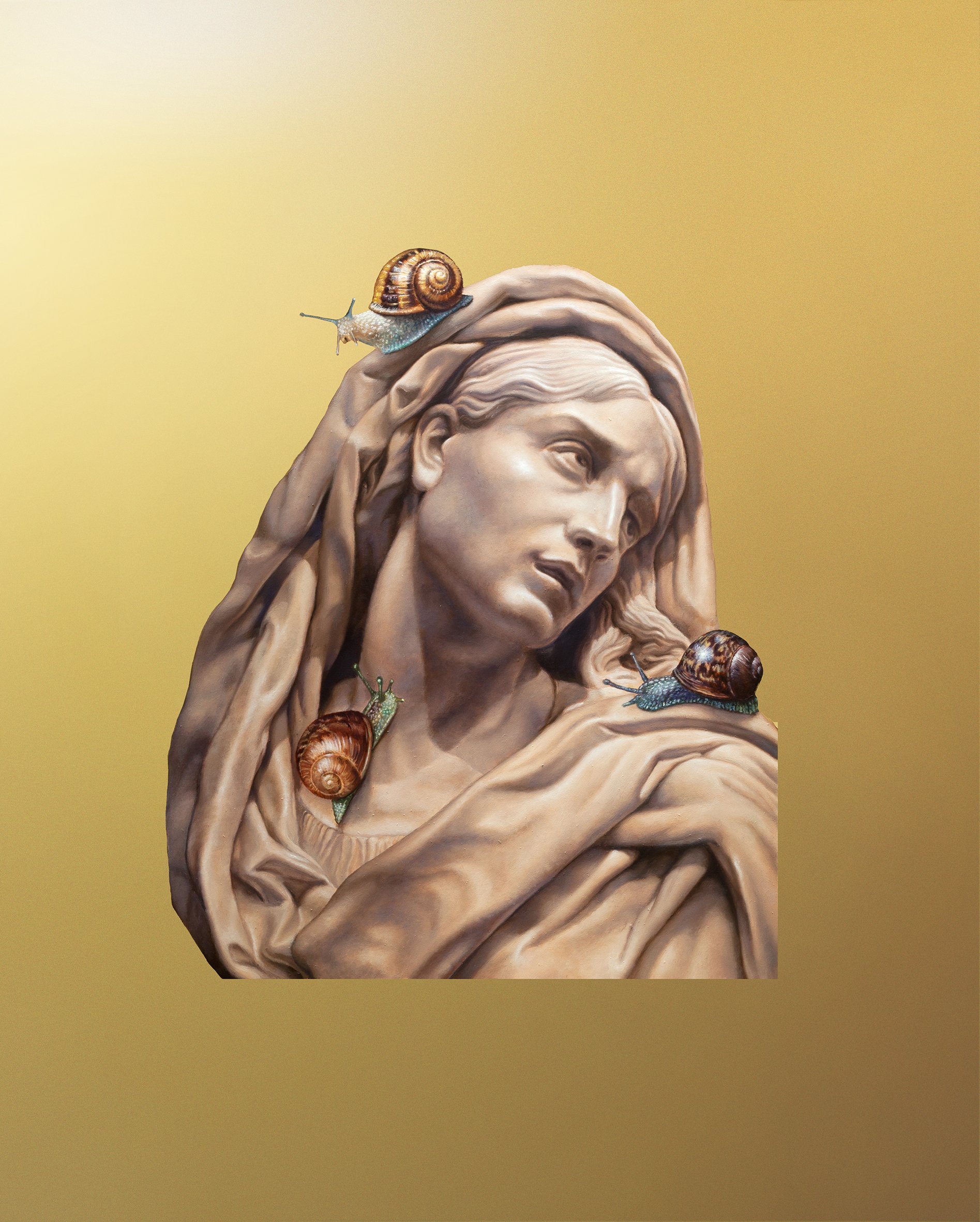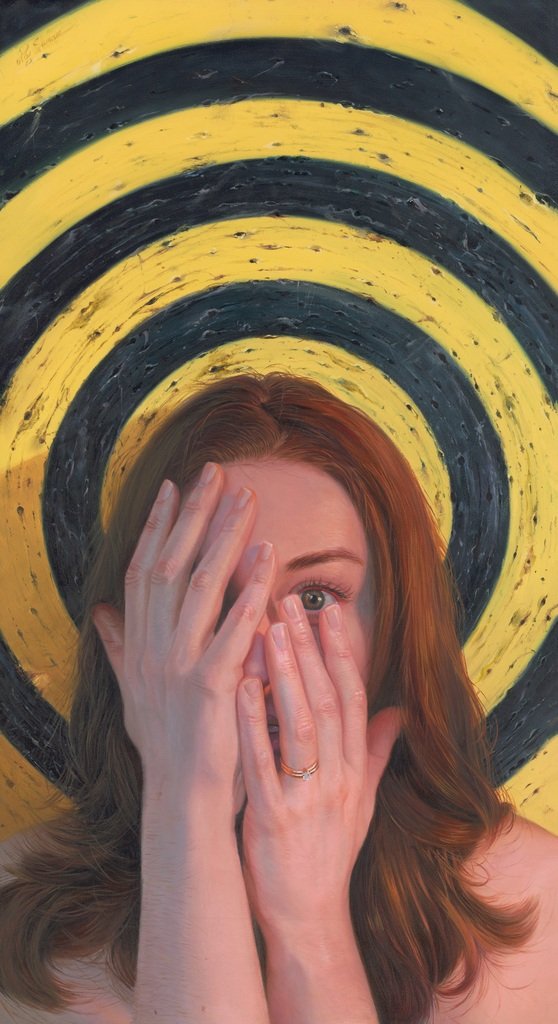Alexandra Telgmann specializes in the natural interaction between the female form and the element of water. The deep connection between the artist and the sea is visible in many of her paintings. For her, the sea is a decelerating place of power that creates inner peace and at the same time reflects states of consciousness of one’s own life.
What is the purpose or goal of your work?
My art aims to forge a deep connection between nature and the view- er, inspiring awareness and conservation of our environment. I draw inspiration from the natural element of water, capturing the beauty, power, and adaptability of marine life and the female form in the ocean. Through my paintings, I hope to evoke a sense of serenity and strength, encouraging people to pause, reflect, and appreciate the world beneath the surface. By highlighting this connection, I aim to foster a deeper appreciation for the ocean and its protection.
Do you have a network of other artists, and how do they support you?
Connecting with artists worldwide is a significant part of my life. Through international exhibitions, workshops in Europe, a scholar- ship in Rome, and social media, I’ve met amazing artists who share my passion. This network provides valuable support and insights on techniques, galleries, and exhibitions. I especially appreciate the 33 Contemporary/Poet Artists community led by Didi Menendez, which offers unwavering support and fosters connections among artists. This community has been a source of encouragement and inspiration, helping me stay motivated and engaged in my work. It’s wonderful to connect with others, especially since we often work alone. I’m truly grateful for everyone’s support and the sense of camaraderie it brings to my personal and professional life.
What is the best advice you have received in your career?
To become what you want to be, you must be patient with yourself and others. Stay focused, and understand that time, combined with discipline and dedication, will reveal new directions to both yourself and those around you. The best advice I’ve received in my career is to remain focused on my goals despite obstacles or setbacks. Envision the goal and work toward it day by day.
Has the press or media ever mentioned your artwork?
I’m very grateful for the interest the press has shown in my art- work. Earlier this year, I was honored to be a finalist in the NTD International Figure Painting Competition, which included an ex-
hibition at the Salmagundi Art Club in New York, USA. This recog- nition led to interviews and features on platforms like the Epoch Times and on TV, where one of my statements was broadcast on the news. My work has also been showcased in magazines such as American Art Collector and Fine Art Connoisseur, and featured in various newspaper articles in northern and central Germany.
As my visibility in the media grows, I feel it’s essential to use my voice to engage the audience in a deeper conversation about our connec- tion with art, nature, and the importance of its conservation. Through my art, I aim to inspire a greater appreciation for the beauty and signif- icance of the natural world, encouraging viewers to reflect on their own relationship with the environment and to find a beautiful pause from the hustle and bustle of life through mindful observation.
Describe a piece of art you are most proud of. Why?
When starting a painting, we never know how it will resonate with the world; it begins as an idea brought to life on the canvas. One piece I’m particularly proud of is my shark series. For me, sharks symbolize strength, power, and focus. My second shark painting, titled Golden Ocean Reflection Shark, features a shark moving gracefully through the ocean waters. The sun’s reflection on the surface is depicted with 24-carat gold leaf, creating an intense and captivating shimmer. This reflection also forms a beautiful pattern on the shark’s body, which I love to paint and observe.
This painting holds special significance for me because it embodies personal strength and connection with the ocean’s beauty and its creatures. It was the first painting from my collection to be included in the Lunar Codex, stored on the Moon thanks to 33 Contemporary gallery. You can also find it for sale on Artsy. This painting is dear to me because it represents a journey from the depths of the ocean to the Moon, marking a significant milestone in my art career. It also invites viewers to connect with the wonders beneath the ocean’s surface.




















